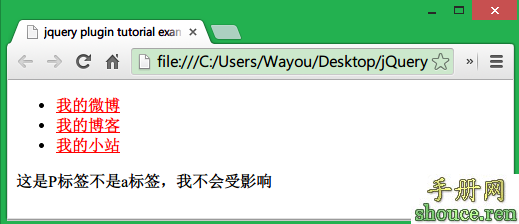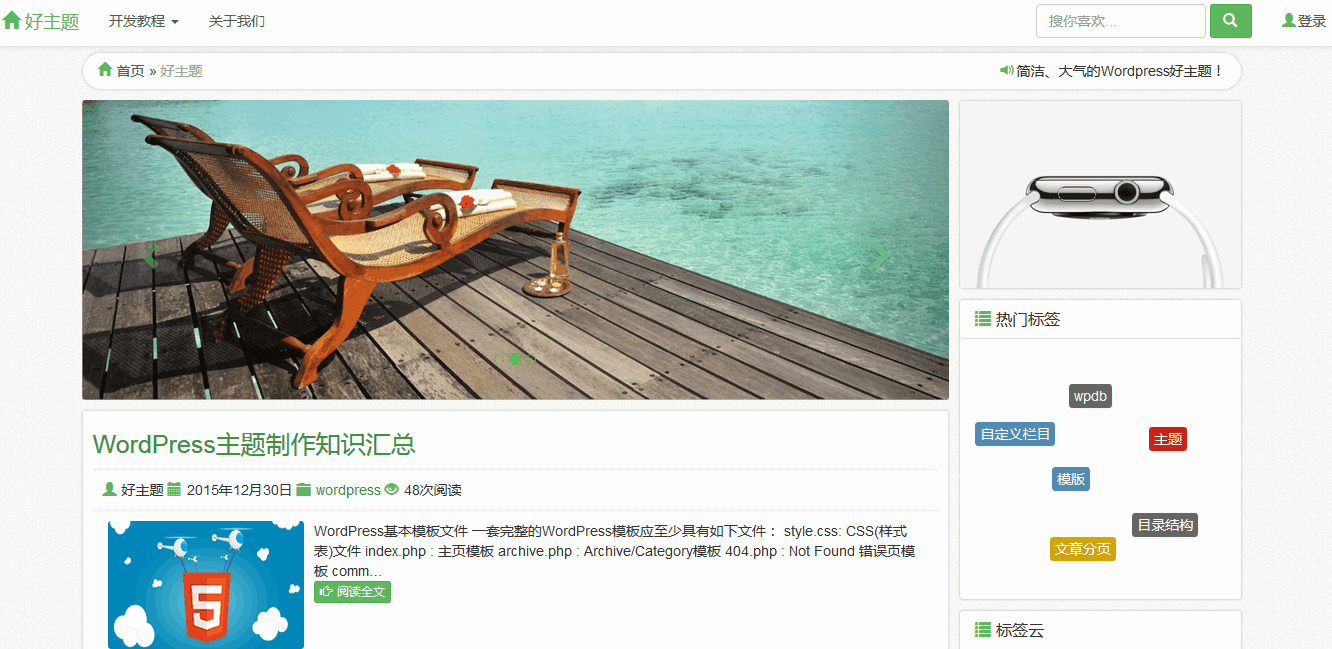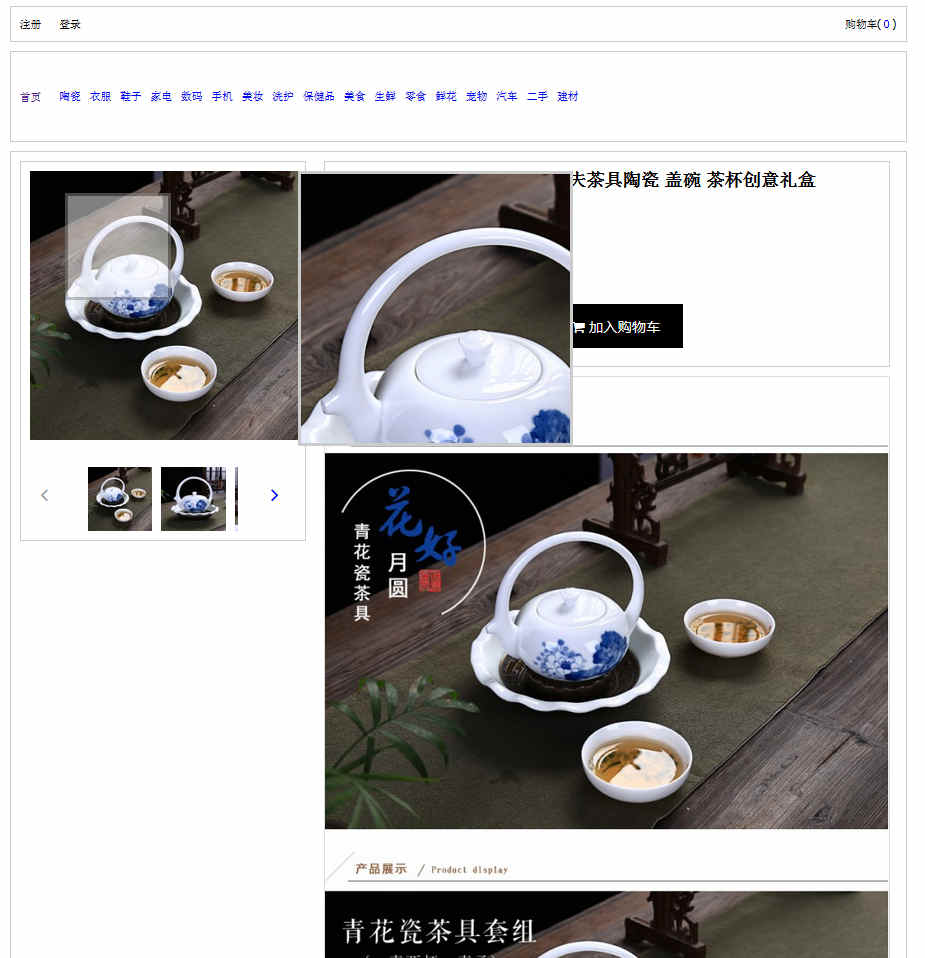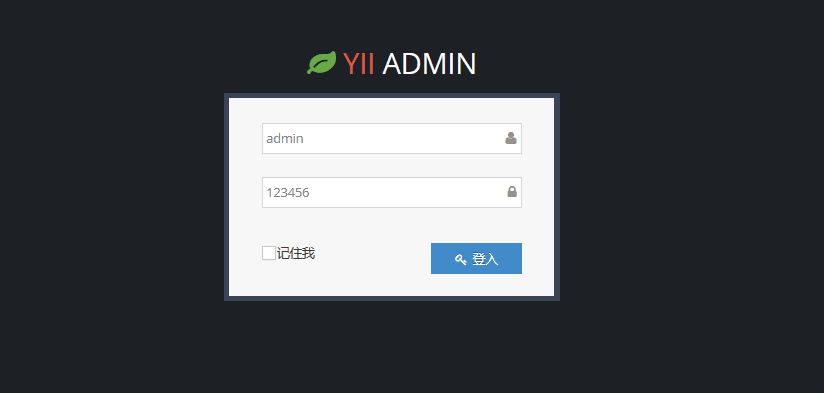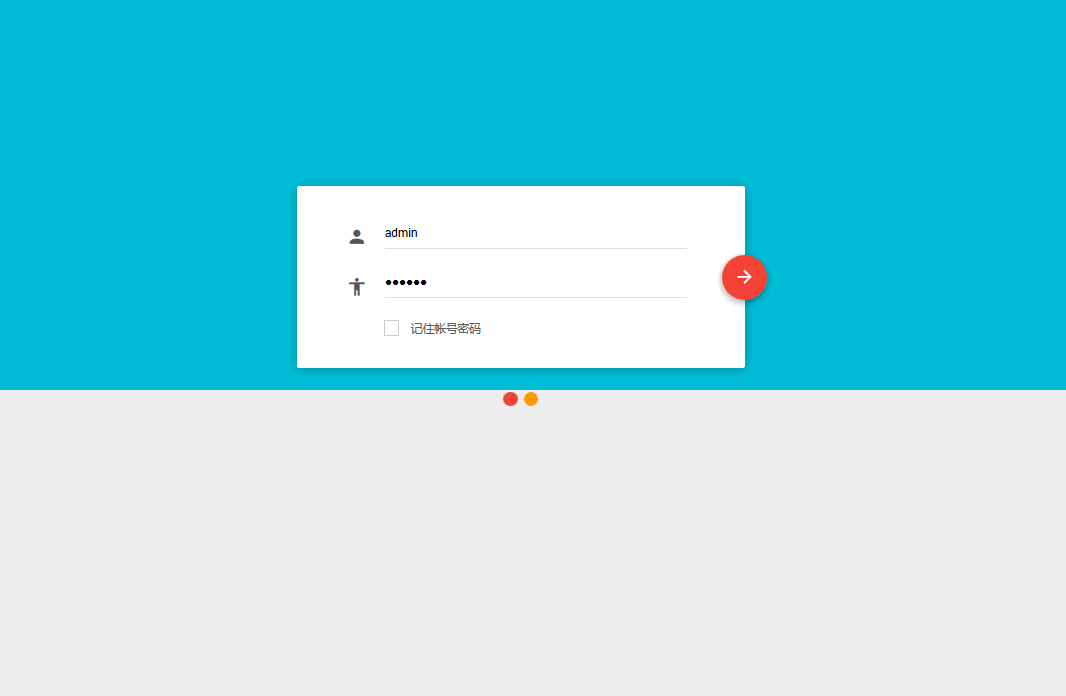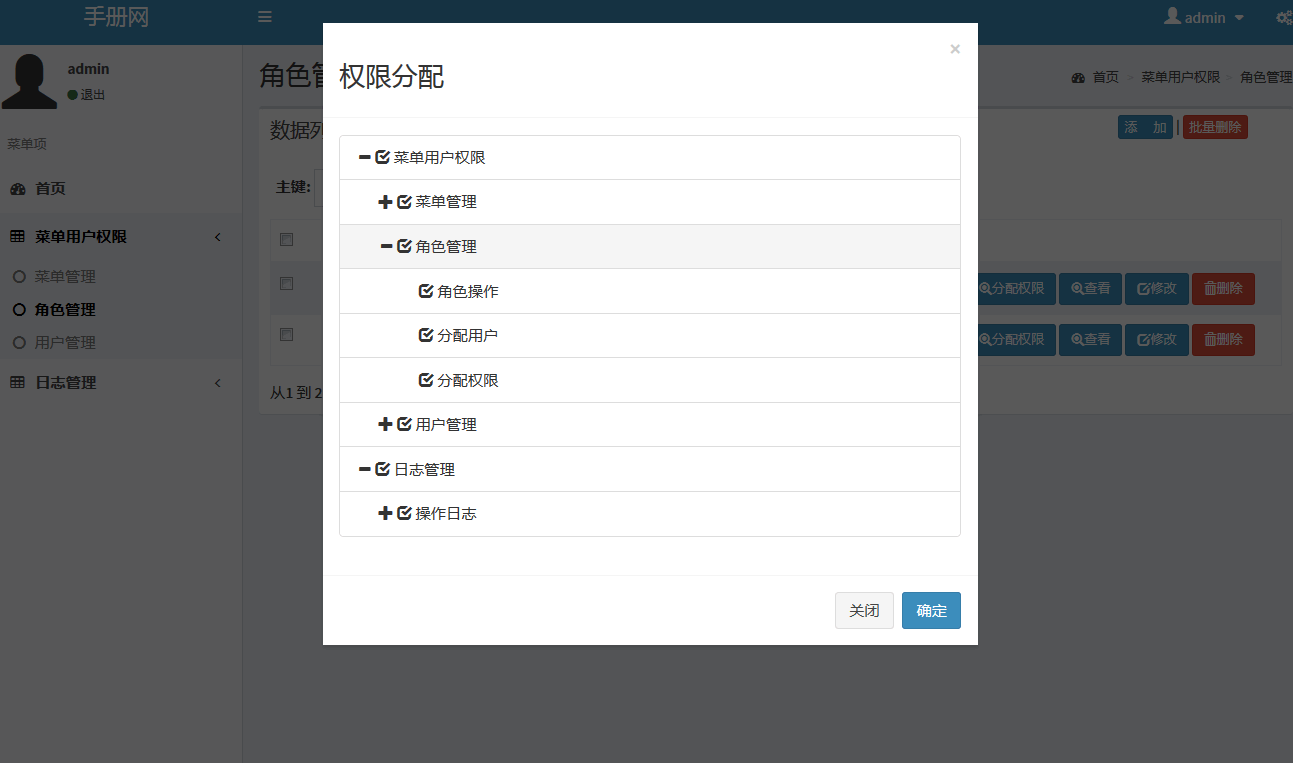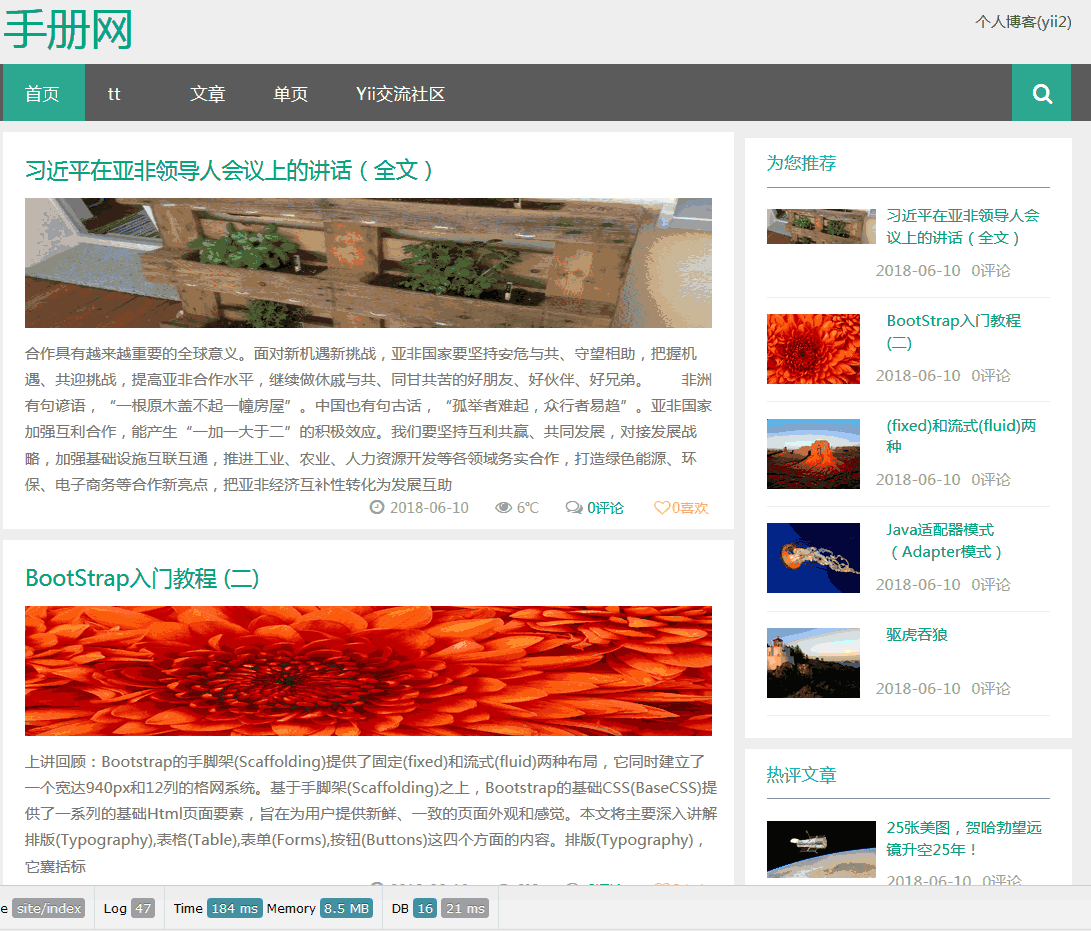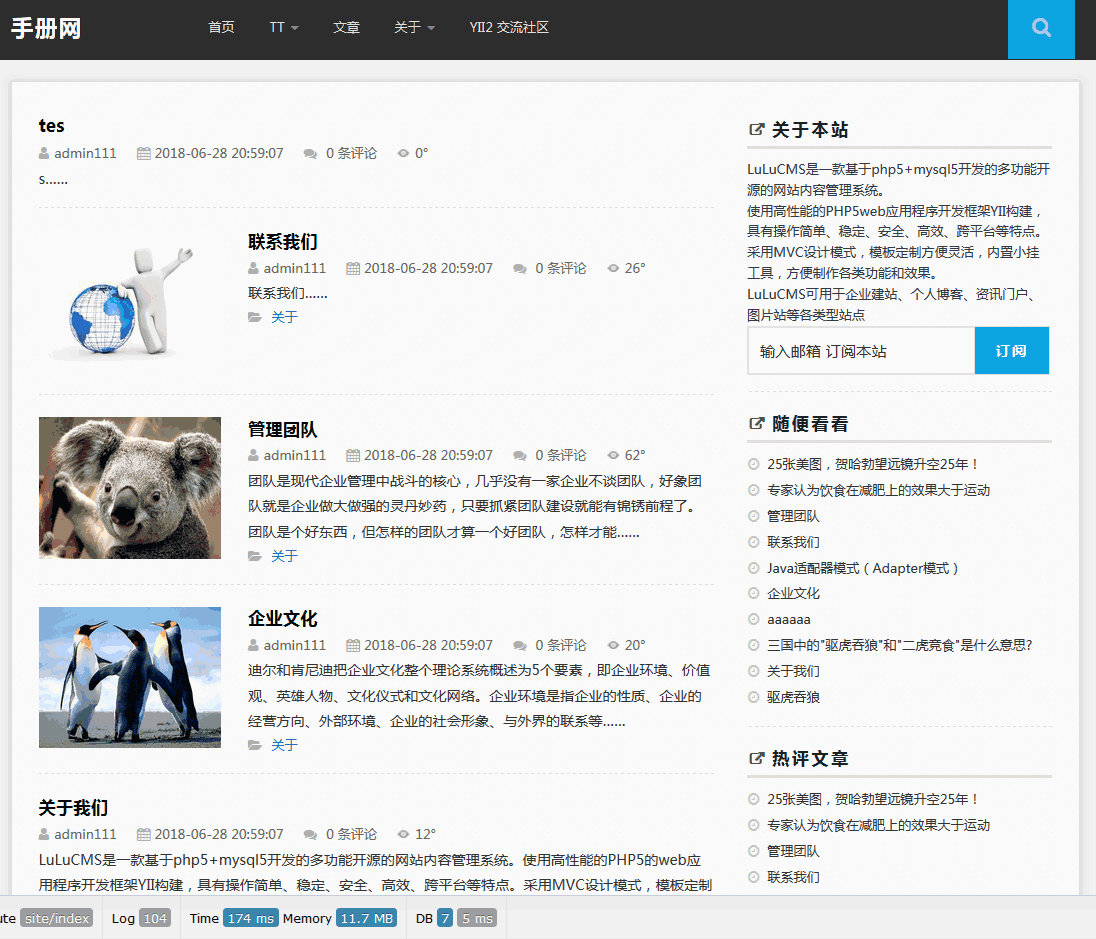Slick 编程(6): 查询(一)
jerry Scala 2015年11月25日
收藏
本篇介绍Slick的基本查询,比如选择,插入,更新,删除记录等。
排序和过滤
Slick提供了多种方法可以用来排序和过滤,比如:
- val q = Album.filter(_.albumid === 101)
- //select `AlbumId`, `Title`, `ArtistId`
- //from `Album` where `AlbumId` = 101
- val q = Album.drop(10).take(5)
- //select .`AlbumId` as `AlbumId`, .`Title` as `Title`,
- // .`ArtistId` as `ArtistId` from `Album` limit 10,5
- val q = Album.sortBy(_.title.desc)
- //select `AlbumId`, `Title`, `ArtistId`
- //from `Album` order by `Title` desc
Join和Zipping
Join指多表查询,可以有两种不同的方法来实现多表查询,一种是通过明确调用支持多表连接的方法(比如innerJoin方法)返回一个多元组,另外一种为隐含连接(implicit join),它不直接使用这些连接方法(比如LeftJoin方法)。
一个隐含的cross-Join 为Query的flatMap操作(在for表达式中使用多个生成式),例如:
- val q = for{a <- Album
- b <- Artist
- } yield( a.title, b.name)
- //select x2.`Title`, x3.`Name` from `Album` x2, `Artist` x3
如果添加一个条件过滤表达式,它就变成隐含的inner join,例如:
- val q = for{a <- Album
- b <- Artist
- if a.artistid === b.artistid
- } yield( a.title, b.name)
- //select x2.`Title`, x3.`Name` from `Album` x2, `Artist` x3
- //where x2.`ArtistId` = x3.`ArtistId`
明确的多表连接则使用innerJoin , leftJoin ,rightJoin,outerJoin 方法,例如:
- val explicitCrossJoin = = for {
- (a,b) <- Album innerJoin Artist
- } yield( a.title, b.name)
- //select x2.x3, x4.x5 from (select x6.`Title` as x3 from `Album` x6)
- //x2 inner join (select x7.`Name` as x5 from `Artist` x7) x4 on 1=1
- val explicitInnerJoin = for {
- (a,b) <- Album innerJoin Artist on (_.artistid === _.artistid)
- } yield( a.title, b.name)
- //select x2.x3, x4.x5 from (select x6.`Title` as x3, x6.`ArtistId` as x7 from `Album` x6) x2
- //inner join (select x8.`ArtistId` as x9, x8.`Name` as x5 from `Artist` x8) x4 on x2.x7 = x4.x9
- val explicitLeftOuterJoin = for {
- (a,b) <- Album leftJoin Artist on (_.artistid === _.artistid)
- } yield( a.title, b.name.?)
- //select x2.x3, x4.x5 from (select x6.`Title` as x3, x6.`ArtistId` as x7 from `Album` x6) x2
- //left outer join (select x8.`ArtistId` as x9, x8.`Name` as x5 from `Artist` x8) x4 on x2.x7 = x4.x9
- val explicitRightOuterJoin = for {
- (a,b) <- Album rightJoin Artist on (_.artistid === _.artistid)
- } yield( a.title.?, b.name)
- //select x2.x3, x4.x5 from (select x6.`Title` as x3, x6.`ArtistId` as x7 from `Album` x6) x2
- //right outer join (select x8.`ArtistId` as x9, x8.`Name` as x5 from `Artist` x8) x4 on x2.x7 = x4.x9
注意leftJoin 和 rightJoin中的 b.name.?和 a.title.? 的?.?? 这是因为外部查询时会产生额外的NULL值,你必须保证返回Option类型的值。
除了通常的InnerJoin ,LeftJoin,RightJoin之外,Scala还提供了Zip 方法,它的语法类似于Scala的集合类型,比如:
- val zipJoinQuery = for {
- (a,b) <- Album zip Artist
- } yield( a.title.?, b.name)
此外,还有一个zipWithIndex,可以把一个表的行和一个从0开始的整数序列Zip操作,相当于给行添加序号,比如
- val zipWithIndexJoin = for {
- (a,idx) <- Album.zipWithIndex
- } yield( a.title, idx)
- 没有章节



